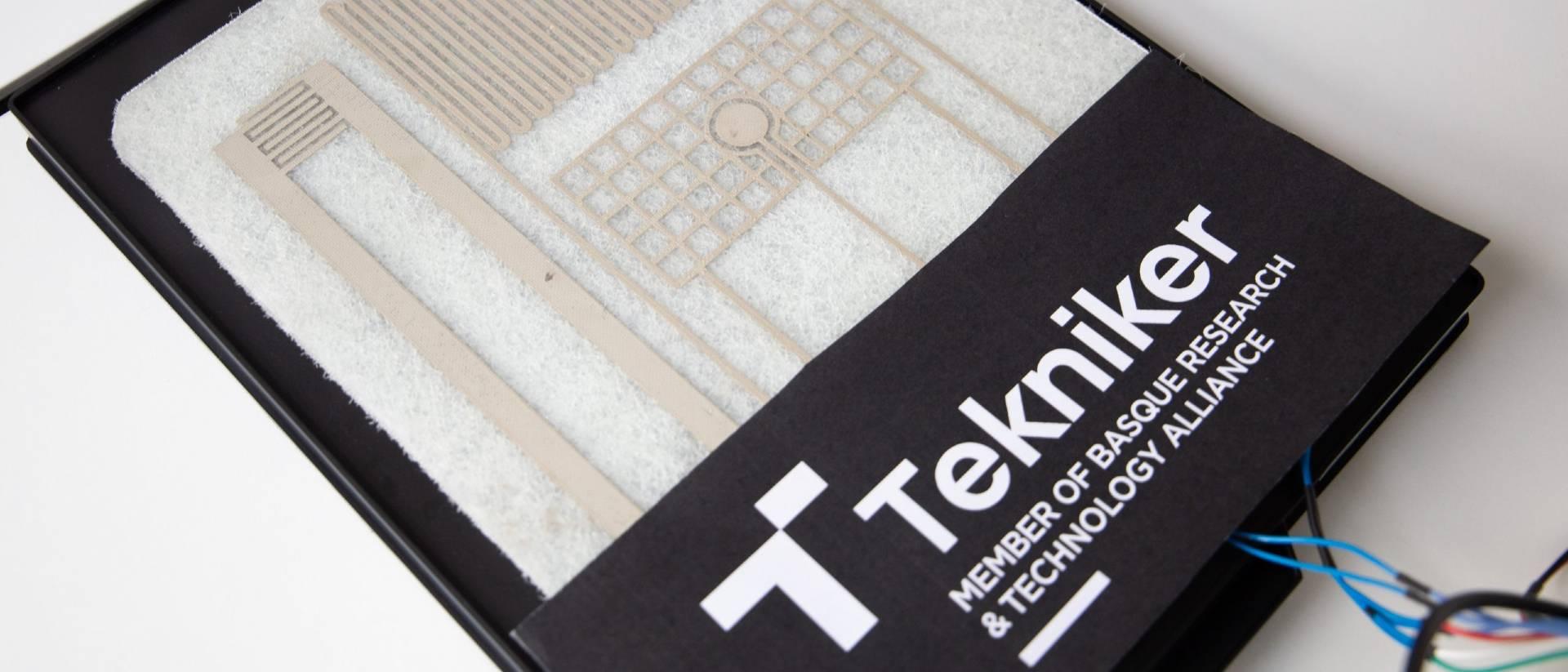“This year’s OE-A Competition impressively demonstrates how printed electronics is the technology to create sustainable electronics through low-energy non-hazardous chemicals, additive manufacturing processes and the use of recyclable materials,” says Dr. Klaus Hecker, Managing Director of the OE-A, an international working group within VDMA. The OE-A (Organic and Printed Electronics Association) is the leading international industry association for the emerging technology of flexible, organic, and printed electronics.
The proof will be provided at LOPEC 2024, the international platform for printed electronics, from March 5 to 7, live at the ICM in Munich. This year, 17 projects from international companies, research institutes and universities are participating in the “OE-A Competition 2024” to present their new products, prototypes, and concepts. The submitted projects will be judged by a jury of representatives from renowned international companies and institutes in three categories: “Prototypes & New Products”; “Freestyle Demonstrator”; and “Publicly Funded Project Demonstrator”.
Henkel and OE-A foster young talents
In addition to the established competition, Henkel and the OE-A Working Group Education have for the first time launched an “Open Innovation Challenge” for graduate and undergraduate students on the topic of Smart Living and Smart Mobility. “Together with our member Henkel, we challenged young students to develop and prototype an innovative idea for a printed electronics application that addresses the Smart Living or Mobility markets. To bring their ideas to life, the students were provided with the Henkel Sensor Kit, which includes 5 types of printed sensors,” explains Hecker. A jury consisting of Henkel, OE-A and other industry representatives will select the winner of the “Open Innovation Challenge”. The winning project will be showcased at the OE-A booth at LOPEC, along with all other OE-A Competition projects.
Enabling more sustainable products
Inspiring printed electronics projects guided by the idea of sustainability participate in this year’s OE-A competition. Here a sneak peek into three of them:
IEE from Luxembourg competes with a multifunctional busbar connector for battery packs. This product is designed to reduce battery costs in e-mobility. The solution combines multiple functionalities in a single, flexible, and lightweight busbar “sandwich”, that enhances drivetrain electrification. With a single compound, customers have a product that performs multiple functions such as voltage monitoring, cell balancing, temperature sensing, electrical isolation, and busbar connection. The integrated bus bar connection demands less manipulation than would be required with more components. This increases manufacturing efficiency and reduces manufacturing costs.
The CEA research institute in France, in collaboration with its industry partner, contributes a medical device use case with a flexible printed circuit board (PCB) within the EU-funded project ECOTRON. The first generation of the use case (GEN1) demonstrates that a conventional PCB can be replaced with a flexible printed one to create more sustainable healthcare and wearable devices with no compromise on performance. The flexible printed circuit board is produced in an additive manufacturing process that uses less energy and chemicals. The future use case generations will include dismantling technologies (GEN2) and bio-based/recycled materials for substrates and inks (GEN3) developed in the project.
Another approach to a more sustainable future is offered by Fundación Tekniker of Spain with its integrated de-icing system for wind turbine blades. In cold weather, ice build-up on the blades reduces the efficiency of wind turbines. The de-icing system detects ice at the initial stage of formation on the wind turbine blade and eliminates it with an integrated heater. The ice detection sensors and the heating system are printed with conductive inks on continuous fibreglass mats, and this printed fibreglass is embedded in an epoxy/glass composite by infusion. Wind turbine run time is maximized in icy conditions, reducing the need to generate backup power.
Public Choice Award
All visitors are invited to vote for the Public Choice Award at the OE-A booth at LOPEC (this time in the Foyer of ICM, FO.33) on 6 March. The winner of the Open Innovation Challenge and the winners of the OE-A Competition will be announced on the evening of Wednesday, 6 March, during the LOPEC Get-together & Award Show. In addition, all award winners will present their demonstrators during a web seminar on 25 April.
At the OE-A booth at LOPEC 2024, LOPEC visitors will gain a comprehensive insight into printed electronics applications. A visit to the OE-A booth is also worthwhile to learn about the latest results of the new business climate survey and the activities of the numerous international working groups. “Stop by the OE-A stand in the foyer of the ICM, I promise there will be a lot to discover. We are proud to present all projects of the OE-A Competition and the winning student project of the Open Innovation Challenge. And last but not least, the Public Choice Award needs your voice, so please cast your vote for your favorite demonstrator,” concludes Klaus Hecker.
Caption: Integrated de-icing system for wind turbine blades from Fundación Tekniker of Spain


